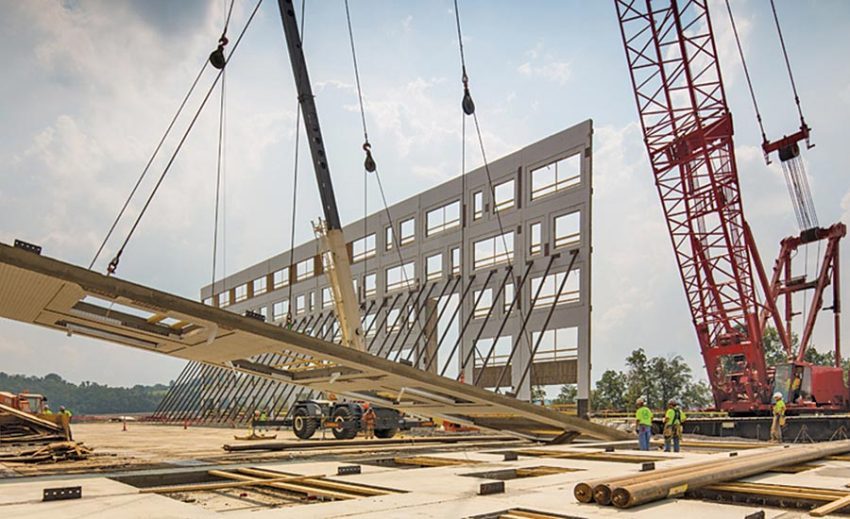Tilt-wall construction is a popular method for constructing buildings quickly and cost-effectively. The process involves casting concrete wall panels on site, then tilting them into place to form the building’s exterior walls. While tilt-wall construction can offer many benefits, choosing the right type of tilt-wall for your project is critical to ensure that it meets your needs and performs as expected. Here are some factors to consider when choosing the right tilt wall for your project:
Design requirements:
The design of the building will be the primary factor in determining the type of tilt wall to use. The size and shape of the building, as well as its intended use, will impact the type of wall panels needed. For example, if the building is tall, slender, and requires high wind resistance, thicker and stronger panels may be necessary.
Site conditions:
Site conditions such as soil composition and topography can also impact the type of tilt wall needed. If the site has poor soil conditions or is located in a high wind or seismic zone, the tilt-wall panels may need to be reinforced with additional steel reinforcement or thicker concrete.
Thermal insulation:
Tilt-wall construction can be designed to provide good thermal insulation, which is important for reducing energy costs and creating a comfortable indoor environment. Different types of insulation materials and techniques can be used to achieve the desired level of thermal performance.
Acoustic performance:
If the building will be used for music or other noise-sensitive purposes, it may be important to choose a tilt-wall system that provides good acoustic performance. Special acoustic panels or insulation materials can be used to achieve this goal.
Aesthetics:
Tilt-wall construction offers a range of finishes and textures, allowing architects and builders to create visually appealing and unique building facades. The type of tilt-wall chosen will depend on the desired aesthetic and the budget available for finishing materials.
Construction schedule:
Tilt-wall construction can be a faster method of building compared to traditional construction methods. However, the speed of construction can vary depending on the size and complexity of the building, as well as the availability of materials and labor. The type of tilt-wall chosen should be able to meet the project’s construction schedule requirements.
Budget:
The cost of tilt-wall construction can vary depending on the type of wall panels chosen, as well as the cost of labor and materials. It is important to choose a tilt-wall system that is cost-effective and provides good value for the investment.
Some common types of tilt-wall systems include:
- Non-insulated tilt walls: These are basic concrete panels that cast on-site and then tilt into place. They provide little to no insulation value and typically use in industrial or warehouse buildings where insulation is not a concern.
- Insulated tilt walls: These panels have insulation materials built into them. Which can help to reduce energy costs and improve indoor comfort. Insulated tilt walls often use in commercial and office buildings.
- Architectural tilt walls: These panels have unique finishes and textures, allowing for a wide range of aesthetic possibilities. Architectural tilt walls can use in a variety of building types, including schools, retail centers, and office buildings.
- Load-bearing tilt walls: These panels design to provide structural support for the building. Allowing for larger and taller buildings to be constructe using tilt-wall construction. Load-bearing tilt walls often use in industrial and commercial buildings.
- Reinforced tilt walls: These panels reinforce with additional steel or concrete to provide extra strength and durability. Reinforced tilt walls may be necessary for high-wind or seismic zones, or in buildings with unique design requirements.
In conclusion, choosing the right tilt wall for your project requires careful consideration of several factors, including design requirements, site conditions. Thermal insulation, acoustic performance, aesthetics, construction schedule, and budget. By understanding these factors and selecting the appropriate tilt-wall system. You can ensure that your project meets its performance goals and construct on time and within budget.

